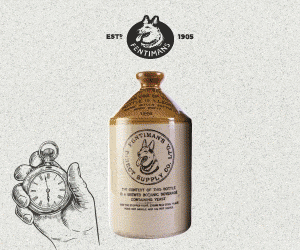Foodservice market shows signs of recovery
According to new analysis by Meaningful Vision.

The foodservice market is showing signs of recovery after a rocky first half of 2024, according to new analysis by Meaningful Vision. This follows a trend of declining traffic that began in the latter part of 2023 as the market struggled with high inflation and changing consumer behaviour.
The analysis showed January 2024 marked the lowest point seen thus far, with a nearly 5% slow down. However, by May traffic showed a year-on-year increase, followed by a 1.2% rise in June.
The fast-food segment experienced a slight reduction in traffic of 0.7% in the first six months of 2024, faring better than restaurants, which saw a 5.8% drop. Bakery and sandwich outlets were the only ones to see positive figures, with a 4.4% increase in visits over six months. Visits to coffee shops declined 1.7%, while fast-food brands involving chicken and burgers saw traffic reductions of 4.2% and 2.2% respectively.
However, the picture is more nuanced when considering like-for-like sales. Despite a 3.2% increase in the number of outlets for the top 120 brands, like-for-like visits fell by 4%. Meaningful Vision did note that most leading brands are expanding their presence, which affects like-for-like traffic figures.
London saw nearly 6% growth in fast-food visits, propelled by a young population, greater job concentration and higher-than-average incomes. The top 10 largest cities outside London, however, experienced modest growth, averaging around 3%, while growth in the next 15 cities remained flat.
By contrast, smaller cities saw a more significant decline of 4.6% in fast-food visits, impacting overall market numbers. In the capital, Central London enjoyed an increase in traffic, whereas traffic in Greater London remained flat.
This pattern is consistent across the UK, with city centre locations growing faster than suburban areas, according to Meaningful Vision. Traffic in centrally located outlets increased by 3.6% on average and nearly 8% in London, while suburban areas experienced a 2.3% decline.
















